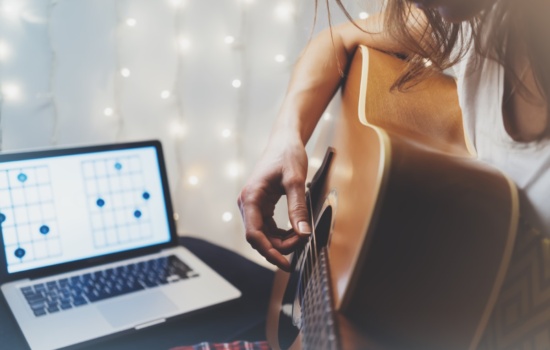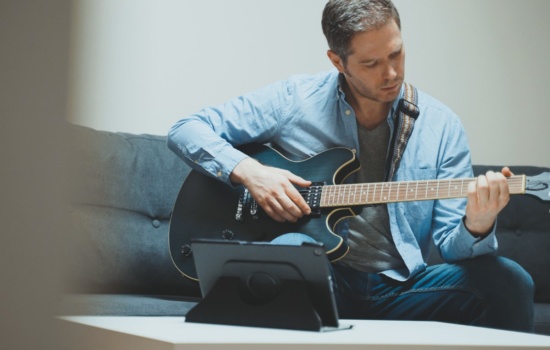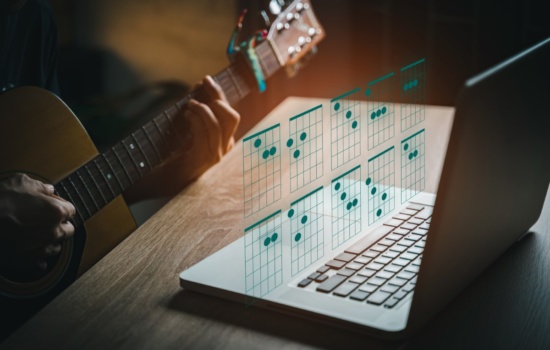The answer to this question lies in who the “I” is.
Your personality and desire to play guitar will determine if you need a teacher or not.
If you want a guitar teacher, that’s great. Do whatever is best for you.
But if you are full of drive to play and you really want to learn the guitar, you don’t need a teacher. (Sorry, fellow Guitar Teachers. Many people don’t actually need us).
The internet is packed full of information — so much that you can learn almost anything.
So if you have a passion for playing the guitar, you can hop on YouTube or Google and look up how to play your favorite songs. Don’t forget about guitar learning apps!






